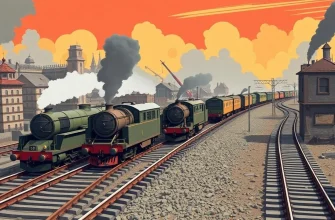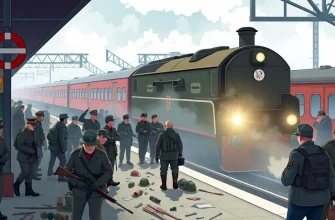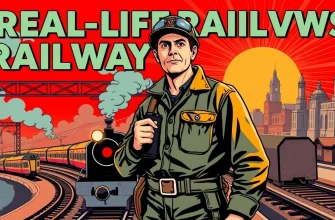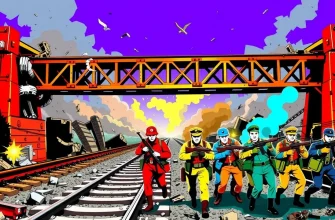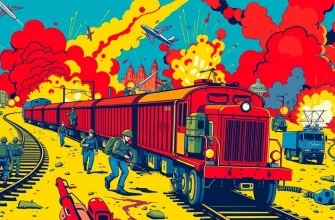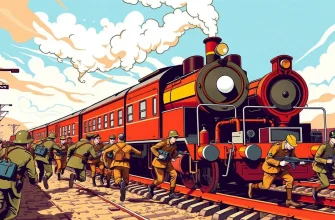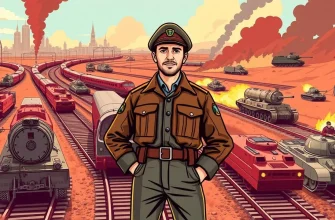This curated collection of films delves into the often overlooked but crucial role of military trains in wartime logistics and strategy. From the harrowing journeys of soldiers to the strategic importance of rail lines, these films offer a unique perspective on the impact of rail transport in wartime scenarios. Each film provides a compelling narrative that highlights the significance of these iron horses in the theatre of war, offering both historical insights and dramatic storytelling.

The Great Locomotive Chase (1956)
Description: This Disney film recounts the true story of Union soldiers infiltrating Confederate territory to steal a train and disrupt rail lines, emphasizing the strategic importance of railroads during the Civil War.
Fact: It was Walt Disney's first live-action film to be shot in CinemaScope.
 Watch Now
Watch Now
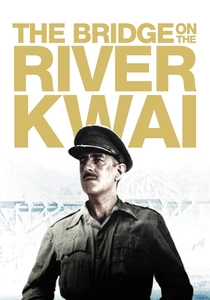
The Bridge on the River Kwai (1957)
Description: This epic war film includes scenes where trains are used to transport prisoners and supplies, illustrating the logistical backbone of the Japanese war effort in Burma.
Fact: The film won seven Academy Awards, including Best Picture.
 Watch Now
Watch Now

The Guns of Navarone (1961)
Description: While not centered on trains, the film includes a significant train sequence where the team uses a train to escape, showcasing the strategic use of rail transport in wartime escapes.
Fact: The film was nominated for seven Academy Awards, winning one for Best Special Effects.
 Watch Now
Watch Now

The Longest Day (1962)
Description: This epic recounting of D-Day includes scenes where trains are used to move troops and equipment, showing the critical role of rail transport in the Normandy invasion.
Fact: The film was shot in black and white to give it a documentary feel, and it features an international cast.
 Watch Now
Watch Now
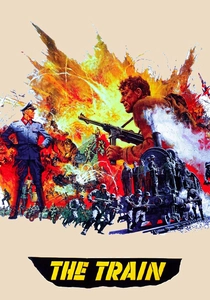
The Train (1964)
Description: This film captures the desperate efforts to prevent the Nazis from stealing French art treasures by using a train as a decoy. It showcases the strategic use of rail transport in wartime deception.
Fact: The film was shot on location in France using real steam locomotives from the era, providing an authentic backdrop to the story.
 Watch Now
Watch Now
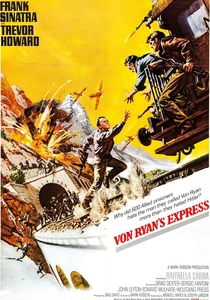
Von Ryan's Express (1965)
Description: A group of Allied POWs led by Frank Sinatra hijack a train to escape from Italy. The film highlights the ingenuity and desperation of prisoners using rail transport to evade capture.
Fact: The film was one of the first to use a real train for action sequences, showcasing the logistical challenges of such filming.
 Watch Now
Watch Now
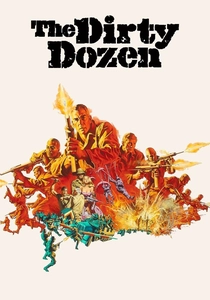
The Dirty Dozen (1967)
Description: While not primarily about trains, the film includes a scene where the team uses a train to infiltrate a German base, highlighting the strategic use of rail in covert operations.
Fact: The film was controversial for its depiction of violence, but it became a major box office success.
 Watch Now
Watch Now
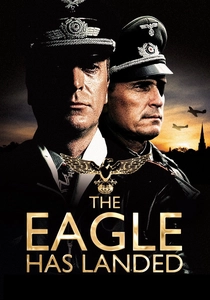
The Eagle Has Landed (1976)
Description: Although primarily a WWII espionage film, it includes scenes where German paratroopers use a train to infiltrate England, highlighting the use of rail for covert operations.
Fact: The film was based on a novel by Jack Higgins, and its plot was considered so plausible that it was reviewed by British security services.
 Watch Now
Watch Now
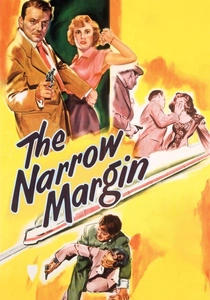
The Narrow Margin (1952)
Description: While not strictly about military trains, this film features a tense journey on a train, showcasing the claustrophobic environment of rail travel which can be paralleled to wartime conditions.
Fact: The film was remade in 1990, but the original is noted for its tight, suspenseful narrative.
 30 Days Free
30 Days Free

The Way Ahead (1944)
Description: This British war film features scenes where British troops use trains to move to the front lines, showcasing the logistical support provided by rail during WWII.
Fact: The film was made with the cooperation of the British Army, providing an authentic portrayal of military life.
 30 Days Free
30 Days Free


